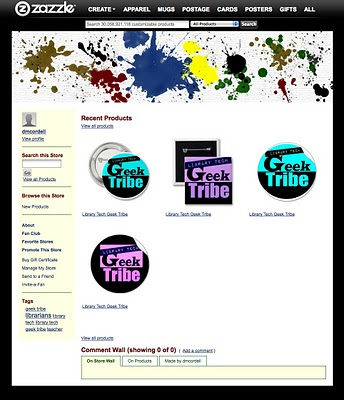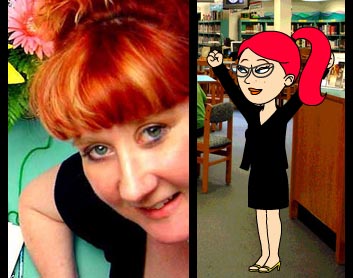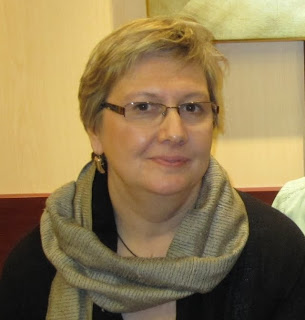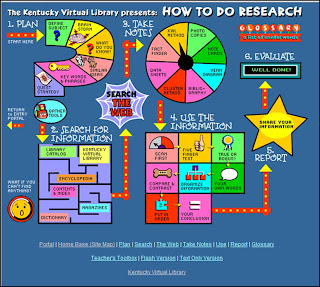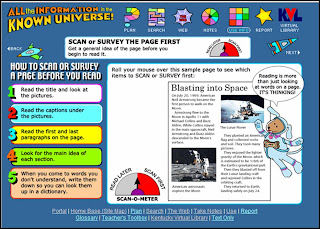Word On The Street is a fantastic literacy festival that our team at Brainspace attends every year.
Since our inception back in June 2013, we've enjoyed meeting readers and seeing young faces light up when we demonstrate the augmented reality in our magazine. "Yes, thank you. It is a very smart magazine." "We do raise the bar on content for children. We think our audience is very capable and enjoys the opportunity to learn." Parents, teachers and librarians are always excited about what we're up to.
This year, a youngish man (early 30s) challenged us. In the nicest possible way. "So, why is this better than say going to the library?" I truly didn't know where to begin. In my mind, he was comparing apples and oranges. As my mind was recalculating the information to deliver an appropriate response, he asked again. "I mean, why wouldn't they just get all the information about something in a book?" Ah. Of course. This is the generation that has become accustomed to having a world of resources at their fingertips within seconds.
"You're right. A book is far more comprehensive than this is." I conceded. "However, our children don't necessarily want to know everything about every topic." I went on to explain that magazines serve a purpose. Consider it an appetizer to the main course. Magazines pique the palate and books nourish the need for more. Our articles provide a sample menu of subjects and delve into each area with just enough to tempt the palate to stimulate the craving for more. Does everyone enjoy math? I'd like to say yes but we know that some prefer music or history or something else. Does our article on robotics make anyone an expert after reading. Not a chance! But they may want to become experts. Bring on the books and the guidance to support the next engineer!
At the risk of sounding like a child stomping her feet, magazines aren't and shouldn't be mere fluff for kids! They can be more than puzzles and games that serve as a distraction. A good magazine should tempt the mind, provoke thought and inspire greater learning.
Appetizers anyone?
